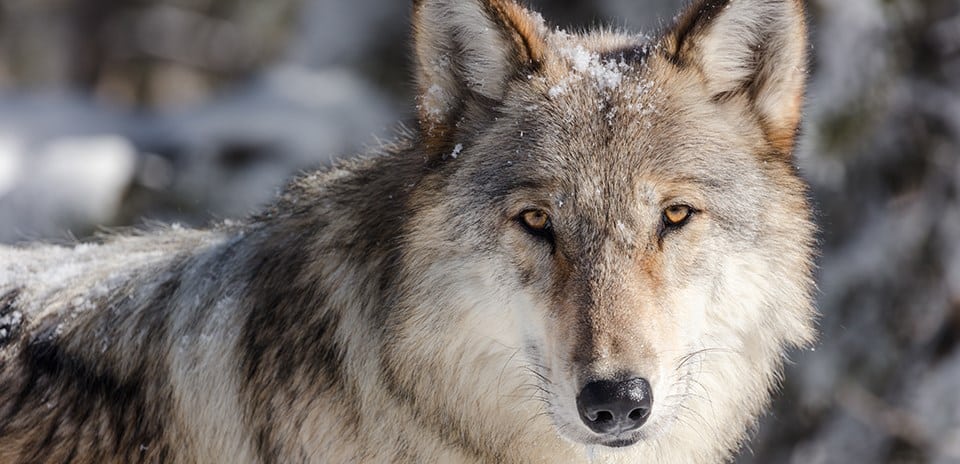
Climate change lately has been at the edge of our consciousness. It doesn’t make sense, really, no matter what Greta Thunberg says. Here we are in Park City in the midst of an epic ski season, the perfect setting for this weekend’s World Cup action at Deer Valley, snowfall for the ages. It’s the kind of winter that may never come again — and that’s just it. There’s no longer any escaping that sound at our backs, of climate’s winged chariot hurrying near.
In 1995, gray wolves brought down from Canada were reintroduced in the Lower 48 at Yellowstone National Park. For a time, they and the park thrived. For some people who were “pro-wolf,” even the pragmatists who know exactly what wolves are and do, it was a success on the order of the Apollo moon landing. But besides the pressure from anti-wolf factions in several states just outside the park, within it, the gray wolves and other fauna and flora are facing catastrophe in a warming world, with reduced snowpack, and lessened streamflow, which the wolves had indirectly improved.
In 2020, Colorado became the first state to vote to reintroduce wildlife — gray wolves — with a popular ballot measure. It did so over the objections of some state wildlife managers, and politicians of both parties, in part because people who live in Colorado’s densely populated Front Range liked the idea of someday perhaps glimpsing a wolf, even though Colorado’s reintroduced wolves, if they survive, are expected to sparsely inhabit high terrain on the West Slope and be seldom seen.
We can understand that. It’s the Jurassic Park appeal, and why not. But unlike Yellowstone a quarter of a century ago, we now have to wonder what kind of a world we’re bringing wolves back to half a state away. It’s not the one they inhabited up to a century ago. It’s hotter and drier and at the same time, the winters could be more severe. Or the winters could be bare. Either way, we and they lose.
And there’s no solution to warming on the horizon. Finding one — or more likely, several — will take action on a broad front within the U.S. and cooperation among nations, including China, India, the U.S. and Russia.
Shortly before his 60th birthday, Robert Frost, the poet, received greetings from the editors of the undergraduate newspaper where he had taught for decades, The Amherst Student, in Massachusetts. He responded in a letter published in the Student on March 25, 1935. “It is very, very kind … to be showing sympathy with me for my age,” he wrote. “But 60 is only a pretty good age.” He went on:
“You will often hear it said that the age … we live in is particularly bad. I am impatient of such talk. We have no way of knowing that this age is one of the worst in the world’s history. [Matthew] Arnold claimed the honor for the age before this. [William] Wordsworth claimed it for the last but one. … I say they claimed the honor for their ages. They rather claimed it for themselves. It is immodest of a man to think of himself as going down before the worst forces ever mobilized by God.”
For a long time, it was nice to see how well Frost’s insight was aging. We have had too much immodesty, too much feigned certainty, in our politics and policies, when what we have needed all along is less ideology, less salesmanship and more flexibility to meet changing demands. We needed the FDR administration of the first 100 days; persistent, bold experimentation. Instead, we got complacency. And today we are facing the worst forces ever mobilized by ourselves.
“Fortunately,” Frost said, “we do not need to know how bad the age is. There is something we can always be doing … There is at least so much good in the world that it admits of form and the making of form. And not only admits of it, but calls for it.
“We people are thrust forward out of the suggestions of form in the rolling clouds of nature. In us nature reaches its height of form and through us exceeds itself.”
Maybe he’s still right after all — just not in the way he intended.

